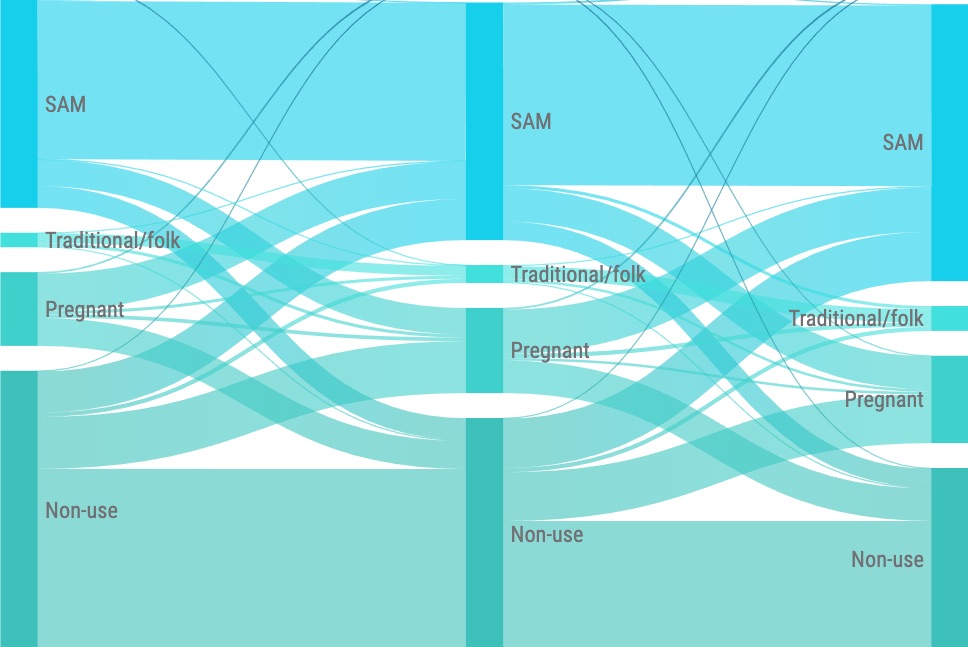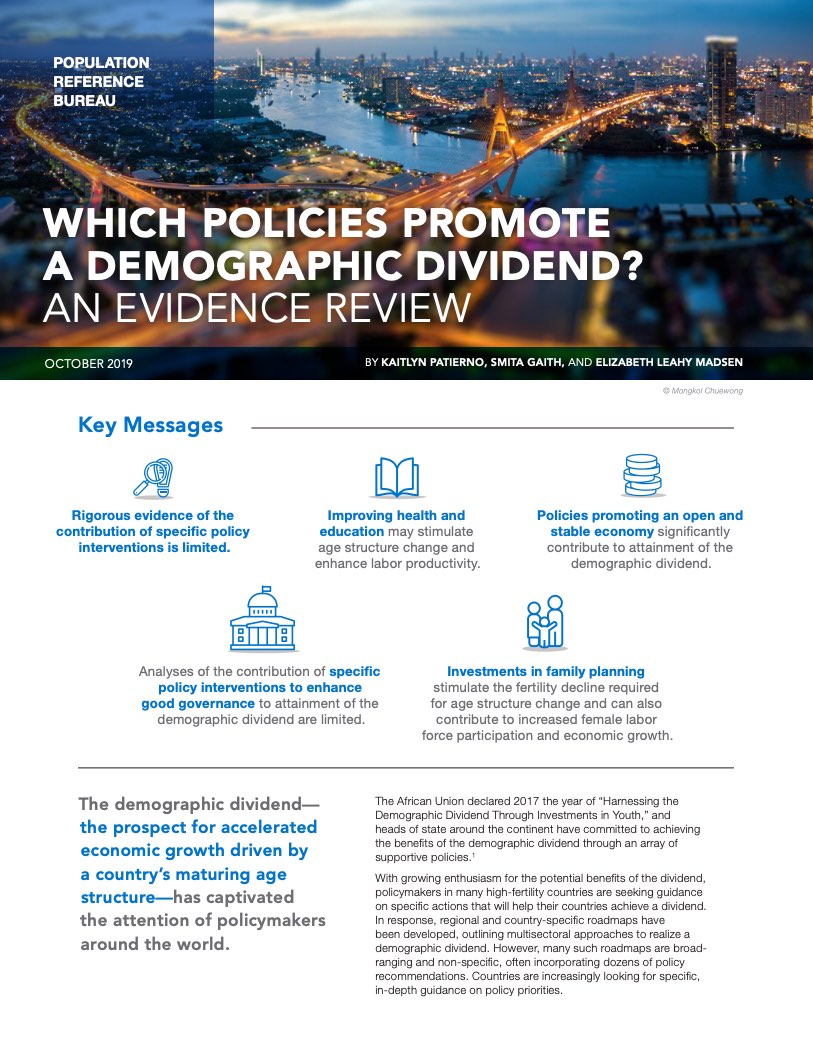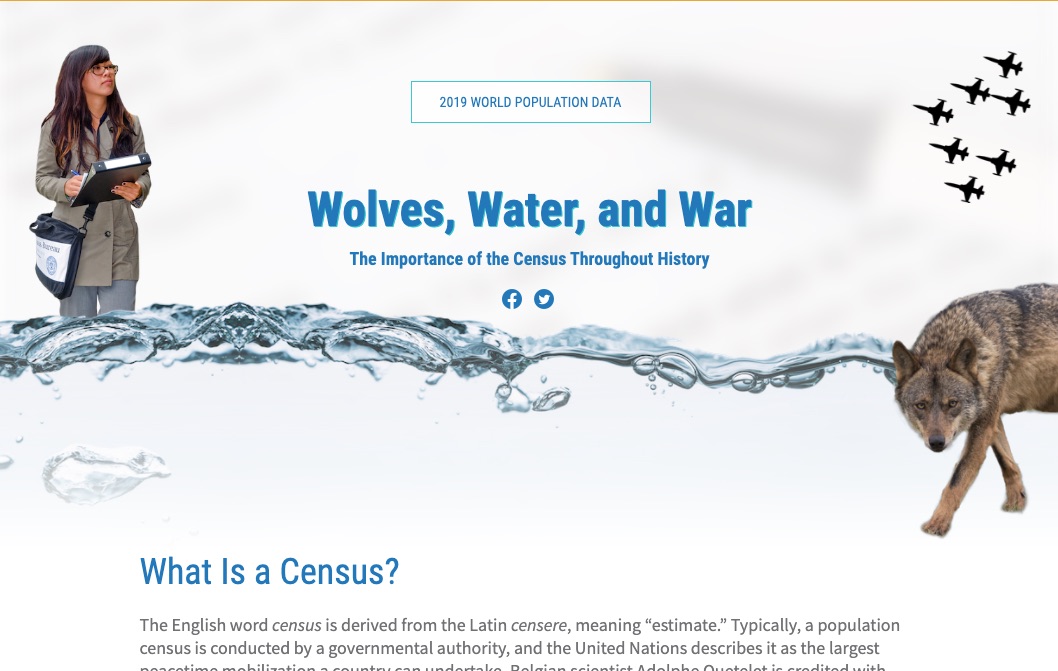
Resource Library
Good decisions require good data and information. Search the Resource Library for data and policy products on population, health, and environment issues. Browse collections, explore policy briefs, watch videos, and put the data in context.

Project: PACE: Policy, Advocacy, and Communication Enhanced for Population and Reproductive Health
Contraceptive Use Dynamics
PRB has developed seminal resources to support decisionmakers on measures to enhance contraceptive continuation for women who want to avoid pregnancy.

Project: PACE: Policy, Advocacy, and Communication Enhanced for Population and Reproductive Health
Interactive. Digital Health Compendium: Harnessing the Power of Digital Health Technology for Family Planning and Reproductive Health
(2020) As low- and middle-income countries transition from paper to digital systems, family planning programs can benefit from unprecedented opportunities to improve services.

Project: PACE: Policy, Advocacy, and Communication Enhanced for Population and Reproductive Health
Interactive. Choices and Challenges: Dynamics of Contraceptive Use
Women’s decisions about family planning are complex and change over time. Understanding these shifts can help us meet women’s needs and support their goals.

Evidence Review. Which Policies Promote a Demographic Dividend?
(2019) The demographic dividend—the prospect for accelerated economic growth driven by a country’s maturing age structure—has captivated the attention of policymakers around the world.

Project: PACE: Policy, Advocacy, and Communication Enhanced for Population and Reproductive Health
Which Policies Promote a Demographic Dividend? An Evidence Review
(2019) The demographic dividend—the prospect for accelerated economic growth driven by a country’s maturing age structure—has captivated the attention of policymakers around the world.

Project: PACE: Policy, Advocacy, and Communication Enhanced for Population and Reproductive Health
2019 World Population Data Sheet
Fertility rates in the United States dropped to their lowest level in recorded history, with women having an average of 1.7 births in their lifetime. That’s one of the key findings in PRB’s 2019 World Population Data Sheet.

Project: PACE: Policy, Advocacy, and Communication Enhanced for Population and Reproductive Health
Interactive. The Importance of the Census Throughout History
Part of the 2019 World Population Data Sheet. This interactive explores the census throughout history.

Project: PACE: Policy, Advocacy, and Communication Enhanced for Population and Reproductive Health
Video. World Population Data 2018: Population Age Structure
The world population is growing older. With continued declines in fertility and mortality, the global population's shift toward an older age structure, known as population aging, will accelerate. Older adults' (ages 65+) share of the global population increased from 5 percent in 1960 to 9 percent in 2018 and is projected to rise to 16 percent by 2050, with the segment ages 85 and older growing the fastest. Children's (ages 0 to 14) share is falling, from 37 percent in 1960, to 26 percent in 2018, with a projected decrease to 21 percent by 2050.


